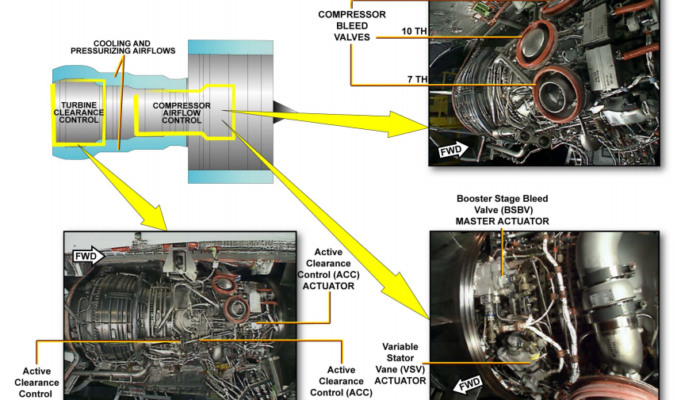Safe refuelling operations require strict adherence to procedures and careful application of the safety precautions, not only by the refuelling operators but also flight crew, the cabin crew and the other ground operators. This article highlights the safety precautions that must be considered when refuelling an aircraft. It also describes supplementary tasks that are necessary […]
Aircraft Engineering

Fatal Accidents
The number of accidents today is significantly lower than a comparable year more than 15 years ago The number of flights on commercial jet aircraft was continuously growing prior to the effects of the pandemic. In spite of this growth, the number of accidents was decreasing each decade. The number of flights in 2021 was […]

Take Care of Your Brakes
All Brakes are subject to wear. Some brakes may also experience oxidation which can lead to brake rupture. In the case of a brake rupture or if brakes are too worn, the aircraft braking performance is reduced. This can result in a runway overrun if the full braking capacity is required such as during a […]

MLG TORQUE LINK DAMPER
A torque link damper is fitted on each MLG on A320 aircraft. The torque-link-damper is a spring-centered, two-way hydraulic unit, which has its own (pressurized) hydraulic reservoir. Its function is to decrease the landing vibrations through the torque links. The torque-link damper is on the bottom of the upper torque-link and operates through the apex […]

Landing with Nosewheels at 90 degrees
In the past few years, several events occurred involving landing with the Nose Landing Gear (NLG) wheels turned to 90° from the aircraft centerline. The investigations identified the root causes, which were different for each event. Mitigating actions were developed and deployed accordingly. This article describes the outcomes of investigations into several events of aircraft […]

Airframe Vibrations
As moveable structural components such as control surfaces and landing gear doors age, wear of hinges and actuators can sometimes lead to airframe vibrations. These vibrations can cause noise and physical discomfort in the passenger cabin. To prevent further deterioration of components, the cause of vibration should be quickly identified and removed. For this, maintenance […]

Fuel Microbiological Contamination
An aircraft fuel tank provides the perfect conditions for microbiological contamination to develop, especially when operating in hot and humid environments. Problems caused by microbiological contamination of fuel can range from inaccurate or erroneous fuel quantity readings to structural corrosion and engine fuel supply difficulties caused by clogged fuel filters. As a result, if treatment […]

Total Air Temperature (TAT) probes
The Total Air Temperature (TAT) is measured on A320FAM by two TAT probes installed on the aircraft nose, one on the Captain side, one on the First Officer side. The TAT is mainly used to compute the Static Air Temperature (SAT) (also to calculate true air speed). But have your observed air coming out of […]

What is the Ozone Converter ?
Aircraft bleed airflow is used as a source of air used on most commercial aircraft. This bleed air contains a significant amount of ozone at higher altitudes in which modern aircrafts operate. This bleed air can reach temperatures of upto 230⸰C, when subjected to compression inside air inlets. An ozone converter is thus installed in […]

APU Cold Soak
APU Cold Soak means the APU has been in active or not operating in a cold environment for an extended period of time. Here, like any other piece of machinery and operating fluids are “cold soaked“, that is, has reached the ambient temperature of the environment. During extended flight at high-altitude, and APU would encounter […]

What happens if an aircraft has hydraulic failure
In an aircraft, hydraulics control the movement of an aircraft, left and right, upwards and downwards. The pilots will lose control of the airplane to turn right or left, climb in case there is a total hydraulic failure Hydraulic system works on the basic principle that force applied at one point is transmitted to another point using […]

Do not Wait to Apply the Engine Fire Procedure
TWO TYPES OF ENGINE FIRE There are two types of engine fire (fig.1): an engine fire (nacelle fire) and tailpipe fire (internal fire) . Both types of fire affect the engine, but must be treated differently. Engine fire (nacelle fire) An engine fire affects the external part of the engine core, but is contained within […]

Avoiding convective weather linked to ice-crystal icing engine events
Understanding the weather conditions that have been linked to ice-crystal icing can helppilots avoid situations that may put airplane engines at risk for power loss and damage. High-altitude ice crystals in convective weather can cause engine damage and power loss in multiple models of commercial airplanes and engines. (more information about engine power loss in […]

Torque Wrenches in Aviation
Aircraft are designed to withstand a diverse range of temperatures, speed and degrees of altitude, and it’s because of this that they’re built with such accuracy. Many parts are held together with bolts and fasteners that must be installed and tightened to a specific torque value. Air travel is the safest form of transportation today, […]

Understanding Aircraft Maintenance Errors
As noted by studies performed by NASA Ames Human Systems Integration Division (Mr. Alan Hobbs): “Maintenance is essential to aviation safety, yet improper maintenance contributes to a significant proportion of aviation accidents and incidents. This is because a small percentage of maintenance tasks are performed incorrectly or are omitted due to human error. Examples include […]

Aircraft Weight and Balance Control
There are many factors in the safe and efficient operation of aircraft, including proper weight and balance control. The weight and balance system commonly employed among aircraft consists of three equally important elements: the weighing of the aircraft, the maintaining of the weight and balance records, and the proper loading of the aircraft. An inaccuracy […]

Tail Strike
Tail strike, which occurs when the tail of an aircraft contacts the runway during takeoff or landing, is an event that can occur in virtually all transport aircraft designs. Some designs are far more susceptible to tail strike than others and, dependent upon the aircraft type and model, the relative frequency of tail strike on […]
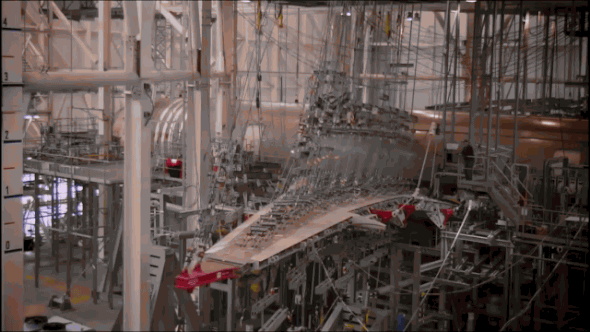
Stresses act on airplane wing skin
This is fairly straightforward. What your question refers to is “wing-loading”….the number of pounds each square foot of wing upper surface is lifting in flight (in metric this would be kilograms per square meter). Therefore, the wing skin must be strong enough to support the weight of the airplane in static-flight. But there’s more. The […]

Understanding the role of CAMO-Maintenance Planning
Continuing Airworthiness Management Organization (CAMO) is a term originating in Europe, but today is used across continents. So what is it, and what could it mean to an aircraft operator? Essentially CAMO is an approval given by a National Aviation Authority (NAA) to a maintenance company within its region that demonstrates the firm meets certain […]

What is Wind Shear?
Wind shear is a microscale meteorological phenomenon occurring over a very small distance, but it can be associated with mesoscale or synoptic scale weather features such as squall lines and cold fronts. It is commonly observed near microbursts and downbursts caused by thunderstorms, fronts, areas of locally higher low level winds referred to as low […]
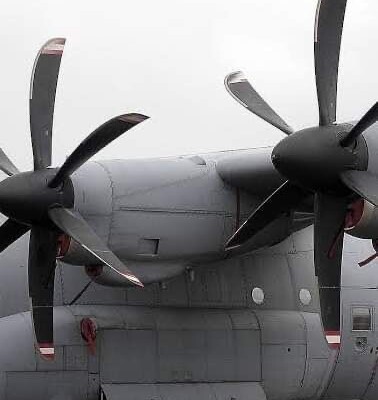
What are the different types of propellers used in aviation?
Here is a brief description of the commonly found types of propellers in aviation. a. Fixed pitch propellers These are propellers whose blade angles cannot be changes as they are incorporated into the propeller during construction.These propellers are of a one piece construction and are used in low powered single engine aircraft. b. Ground adjustable […]

Rethinking Flight Safety With Air Bags In Planes
There was a time — maybe 25 years ago — when the idea of putting air bags in planes would have been seen as pointless. For decades, aviation safety focused mainly on avoiding accidents on the theory that if a crash occurred, nobody could survive anyway. But more recently, safety experts have discovered that even […]
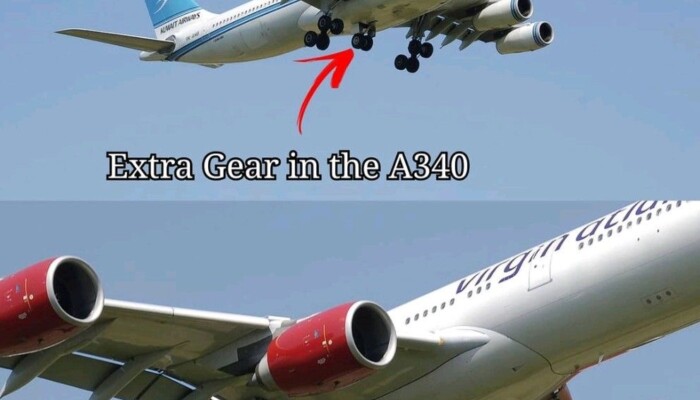
Extra Landing Gear
Looking at the bottom of an A340 you’you well see that there are already two other sets of landing gears under the wings. the extra landing gear allows the A340 aircraft to have a higher MTOW (maximum take-off weight). This means more passengers and cargo, plus more fuel to go a longer distance. Perfect for […]
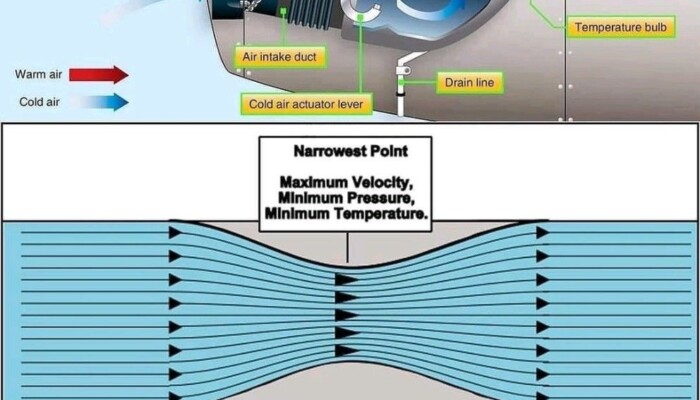
Bernoulli’s Theorem
A practical application of Bernoulli’s theorem with which the pilot should be familiar is the Venturi tube, sometimes called a convergent / divergent duct The Venturi tube has an inlet which narrows to a throat, and an outlet section, relatively longer, which increases in diameter towards the rear. For a flow of air to remain […]

What does the flight engineer do?
What does the flight engineer do? Flight engineers are responsible for operating the systems in older airplanes. Before sophisticated computers, complex systems on airplanes such as the electrical, pneumatic, fuel, and hydraulic systems required specially trained operators. Flight engineers were essential for the safe operation of airplanes in the past. Modern jets do not require […]
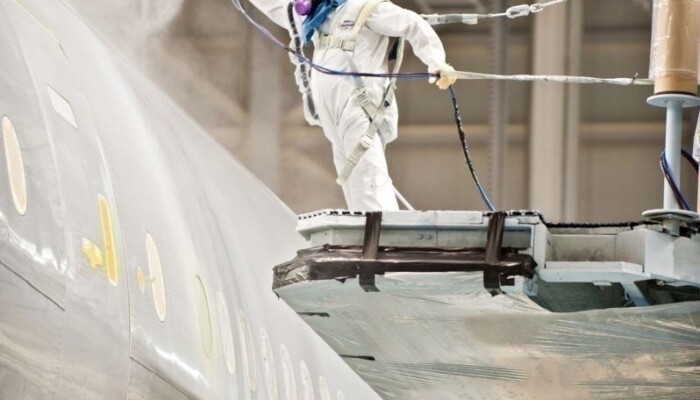
Why Most Aircraft Are Painted White
While each airline has a distinct livery, the vast majority of the plane is almost always white. There are, of course, exceptions to the rule. A notable one is Air New Zealand, which painted its aircraft black as part of a $13.3 million marketing partnership with Tourism New Zealand. While the entire fuselage was painted […]
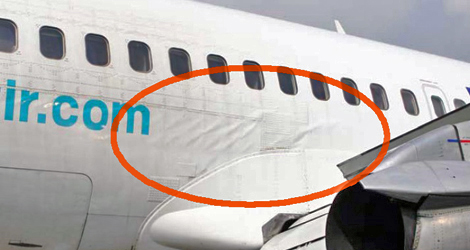
Passenger jet damaged after ‘hard landing’
“An indication of a hard landing on the main landing gear is a peak recorded vertical acceleration that exceeds 2.2 G (incremental 1.2 G). This vertical accelerometer data must be measured by the flight data recorder accelerometer at a data sampling rate of at least sixteen (16) samples per second. This vertical acceleration G-level threshold […]
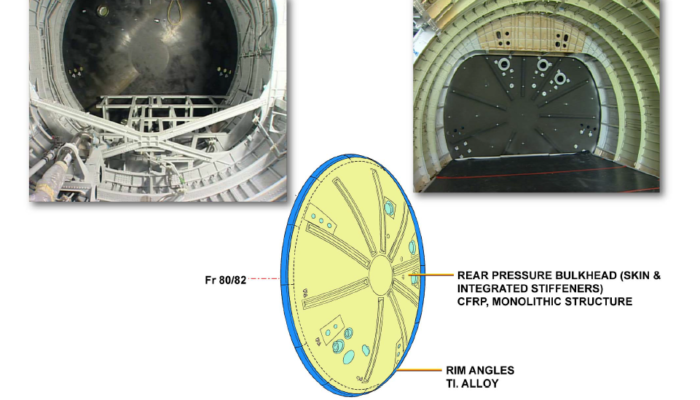
REAR PRESSURE BULKHEAD
The rear pressure bulkhead, installed at Fr 80/82,divides the pressurized rear fuselage from the cone / rear fuselage, which is not pressurized. It is a monolithic composite panel, made from carbon fiber and stiffened by nine stiffeners integrated to the front face (carbon fiber skin laminated on a foam core). The bulkhead is attached to […]
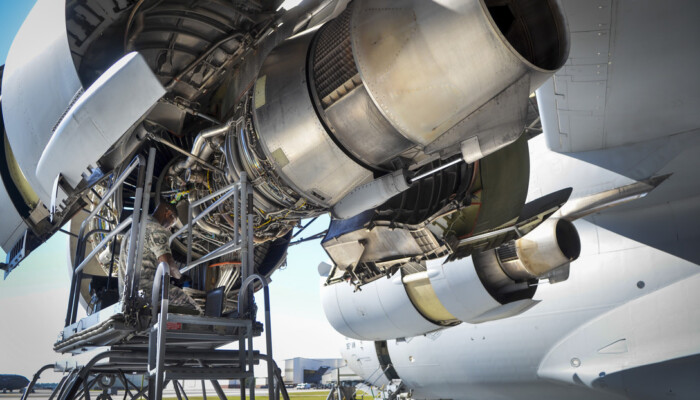
Borescope Inspection of Aircraft Engine.
At some of the other point in your life, you must have gone through the word endoscopy. In simple words, the endoscopy of an aircraft engine is known as boroscopy. Let us understand this in a more practical way. A person X is walking on the road and unfortunately, he meets an accident. He was […]

Loss of Cabin Pressurization
Depressurization of the aircraft cabin as a result of structural failure, pressurization system malfunction, an inadvertent crew action or a deliberate crew intervention. Loss of pressurisation is a potentially serious emergency in an aircraft flying at the normal cruising altitude for most jet passenger aircraft. Loss of cabin pressure, or depressurisation, is normally classified as […]

Airbus starts the assembly of its first A321XLR
Airbus starts the assembly of its first #A321XLR front fuselage. The nose and front fuselage assembly has started in France, following the earlier accomplishment of the centre wing box. “This is a key milestone for the A321XLR. We are on track to support the aircraft’s entry into service by 2023”, said Martin Schnoor, Head of […]

Today, we witnessed ‘IATA’ and ‘Rolls-Royce’ signing a joint statement on commitment to open and competitive approach to the aftermarket best practices. What are these best practices ? what is the Scope ?
✔ Non-discrimination is the Key, allowing healthy Competition are among basic principles behind such best practices agreements. ✔ This is not the first time , IATA had done this with CFM International to guarantee competition in the CFM engine aftermarkets in 2018. ✔ Aftermarket Best Practices : 👉 OEMs like Rolls-Royce will not prevent the […]
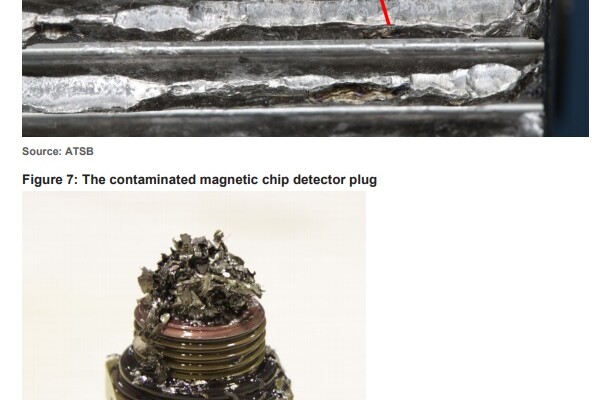
Magnetic Chip Detector
Metal particles in the lubrication system of an aircraft engine or hydraulic system may be an indication of wear. Chip detectors are used to monitor these systems to provide early warning of impending failure so that maintenance can be performed on a timely basis. The detector houses magnets incorporated into an electric circuit. Magnetic lines […]
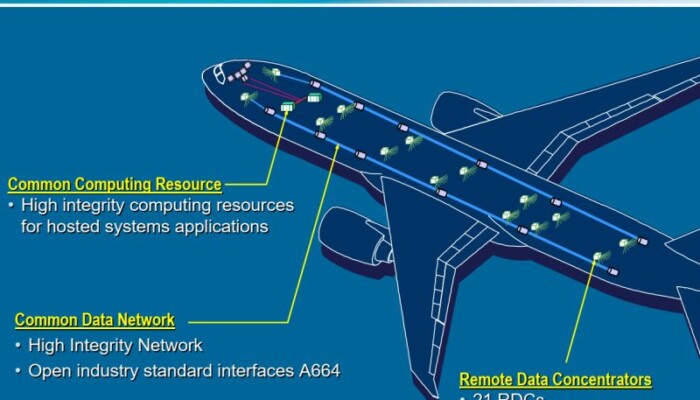
Some of the nice innovative features of B787
Majority of airplane structure made from light weight carbon fiber reinforced plastic (#CFRP). Lower cabin altitude pressurization (6000 ft) due to CFRP strength lower Pressure with higher Humidity gives improved air quality in the cabin, larger flight deck and larger passenger windows. Flight deck with liquid crystal display (LCD) primary display system (PDS). – Common […]

NLG (nose landing gear) of an 8 years old British Airways Boeing B787-What kind of repairs are expected ?
On 18th June, we witnessed the collapse of NLG (nose landing gear) of an 8 years old British Airways Boeing B787-8 (G-ZBJB) aircraft while parked on a gate. Is this event a first timer ? What kind of repairs are expected ? ✔Ofcourse , the Dreamliner NLG collapse is not for the first time ! […]
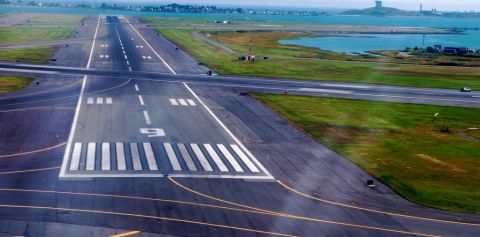
How are the Runways numbered ? What does the numbers signify in parallel runways ?
✔Generally , the direction of the runways are determined as a part of airport design, where the designers research the prevailing winds – the direction of wind to aid aircraft takeoff and landing. ✔Runway numbers are based on the magnetic compass direction they are oriented to and consist of two numbers. ✔If the magnetic direction […]
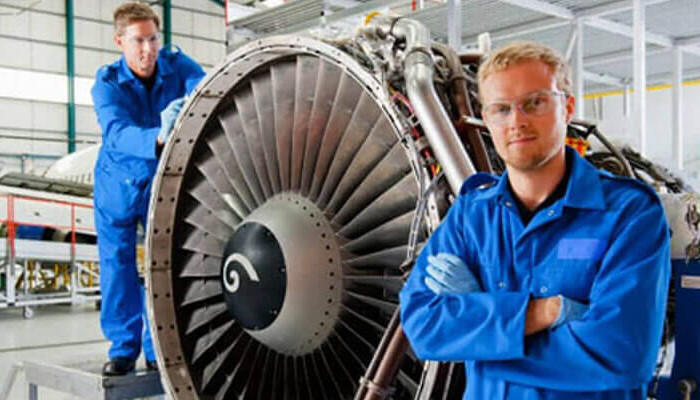
All Aerospace & Aeronautics university and school in the world. It’s may help you to search any university of Aerospace & Aeronautics in your choice country.
Aerospace (or aeronautical) engineering can be studied at the bachelors, masters and Ph.D. levels in aerospace engineering departments at many universities, and in mechanical engineering departments at others. Argentina: Universidad Nacional de CordobaUniversidad Nacional de La PlataUniversidad Tecnológica Nacional, Facultad Regional HaedoInstituto Universitario AeronáuticoUniversidad Nacional de San Martín Australia: Australian Defence Force AcademyRMIT UniversityMonash UniversityUniversity […]
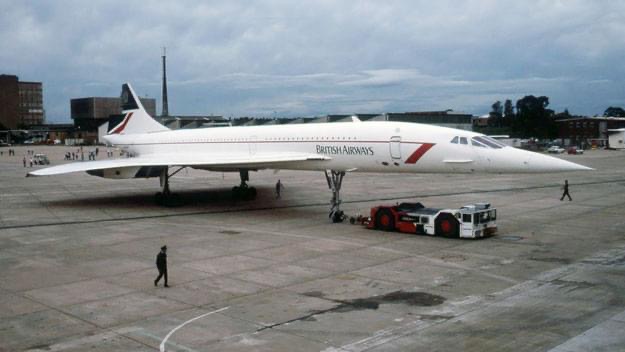
The aircraft lost the upper part of its rudder early in the flight.
1989 – British Airways Concorde flying from Christchurch to Sydney. G-BOAF, was operating a charter flight from Christchurch, New Zealand to Sydney, Australia. The aircraft lost the upper part of its rudder early in the flight. She was climbing and at approximately Mach 1.7 at FL440, the pilots heard a bang, which they thought came […]
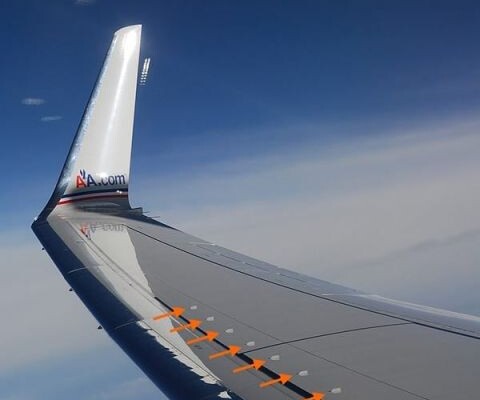
Vortex Generators
You might have seen vortex generators – those little fins that protrude from the front of an airplane like the 737-800, or a Short Take Off and Landing (STOL) aircraft like this Top Cub. These little fins are amazing; they create vortices just like your wingtips do. How does that help? The vortices pull high […]

Antonov An-124 freighter exceeds runway in São Paulo
An Antonov An-124 suffered a runway excursion at Guarulhos Airport (GRU) in São Paulo, Brazil, early on May 11, 2021. The plane, registered UR-82007 and belonging to Antonov Airlines, was operating flight ADB3829 from Dallas Fort Worth International Airport (DFW) United States with a stopover at Paramaribo Zanderij International Airport (PDB) in Suriname. The freighter […]
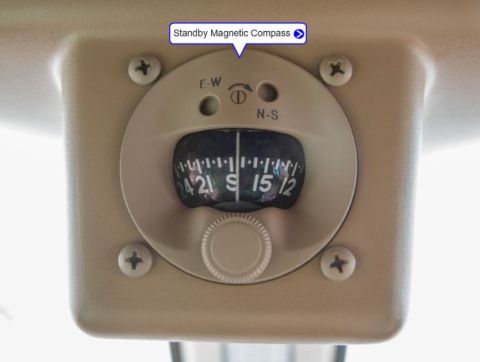
The standby magnetic compass
The standby magnetic compass is a backup magnetic heading reference. The standby magnetic compass is below the overhead panel. The standby magnetic compass has a circular heading indicator card. The card floats in a case filled with liquid. The liquid does not permit the card to move quickly. There are two magnets in the standby […]

SPIN AWARENESS
A spin is an aggravated stall that typically occurs from a full stall occurring with the airplane in a yawed state and results in the airplane following a downward corkscrew path.As the airplane rotates around a vertical axis, the outboard wing is less stalled than the inboard wing, which creates a rolling, yawing, and pitching […]
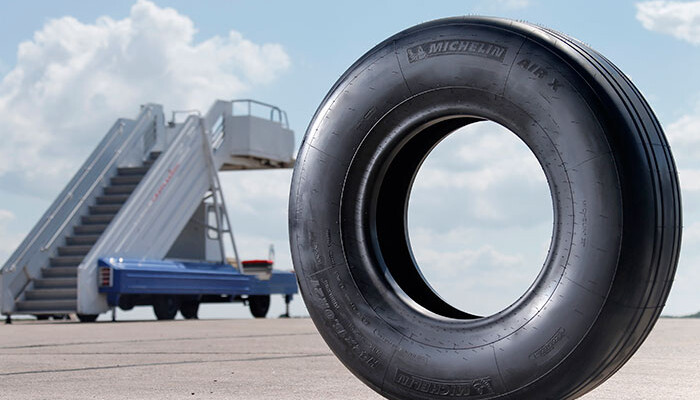
B787 TIRES
Two suppliers Bridgestone and Michelin Main gear configuration– 22 inch forged aluminum wheels– 50×20.0R22/34PR radial tires (787-8)– 54×21.0R23/38PR radial tires (787-9 and -10) Nose gear configuration– 16 inch forged aluminum wheels– 40×16.0R16/26PR radial tires Author – Deniz Turan
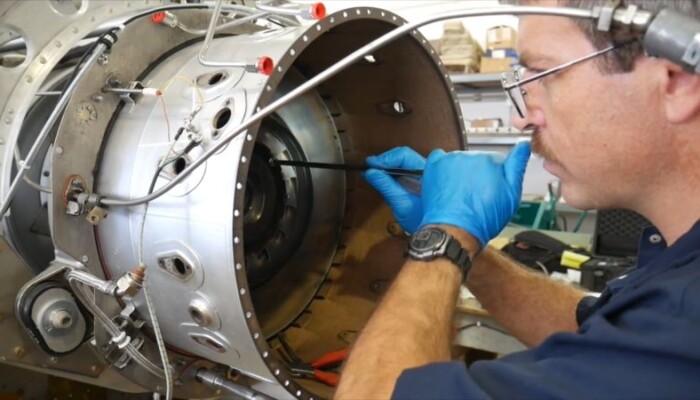
HOT SECTION INSPECTION
HOT SECTION INSPECTION WHICH PARTS ARE INVOLVED?A hot section inspection (HSI) involves examining the condition of the turbine blades, the combustion chamber, the stators, the vane rings, the compressor turbine disk and the shroud segments WHEN SHOULD YOU DO IT?required when the engine reaches the halfway point of its time between overhauls If the 4,000 […]
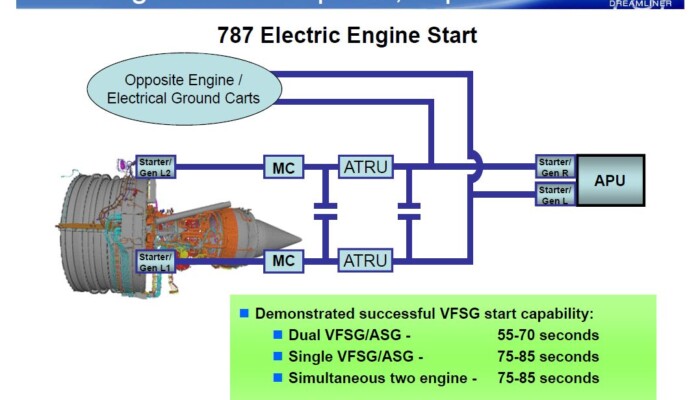
Electric Engine Start
Main engine start is usually from the APU auxiliary starter generators (ASG).The ASGs supply 235v ac. If the ASGs are not available, 115v ac externalpower sources supply the power. The power goes to the autotransformer rectifier units (ATRU) on the P700/800 rack. The ATRUs supply 270v dc to common motor start controllers (CMSC) also on […]

How does a Fuel Jettison system take effect ? Why do narrow body aircrafts lag a Jettision system ?
✔ A Fuel jettison system is available to avoid safety compromise and the necessity for heavy maintenance tasks, that could arise due to a potential overweight landing. ✔ Against a popular rumour, in regular flight operations, there is no draining of fuel before landing. This would be neither permissible nor economical for the airlines. ✔ […]
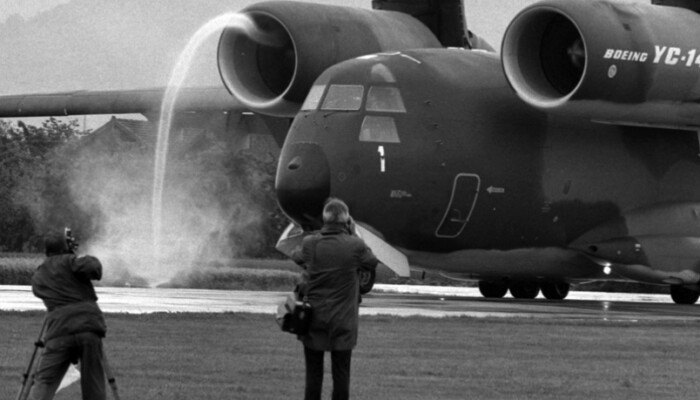
Formation And Ingestion Of Vortices Into Jet Engines During Operation
The votices are formed at the inlet of a jet engine or the fan. This happens because, as the engine sucks in the air, a region of low pressure is created in front of the fan. If there is water vapour present in the atmosphere or in the region of low pressure, they condenses to […]




